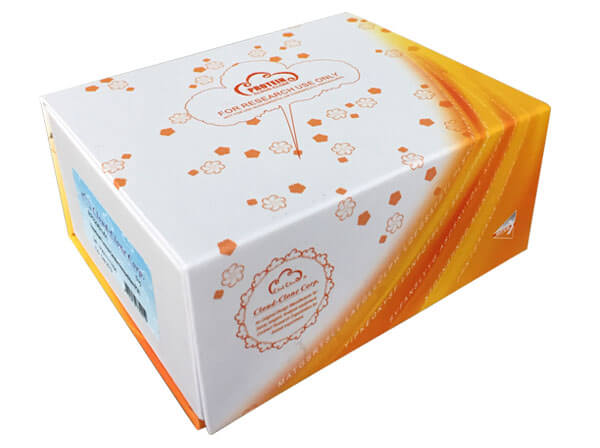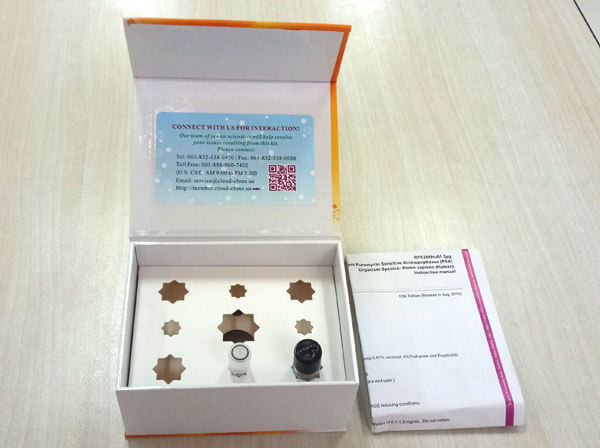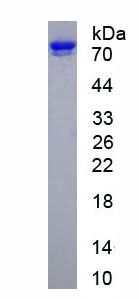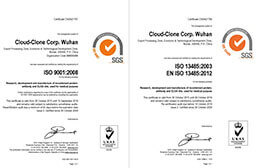Active Transferrin (TF) 

TRF; Siderophilin; Serotransferrin; Beta-1 metal-binding globulin
- UOM
- FOB US$ 240.00 US$ 600.00 US$ 1,200.00 US$ 3,600.00 US$ 9,000.00
- Quantity
Overview
Properties
- Product No.APC036Ca61
- Organism SpeciesCanis familiaris; Canine (Dog) Same name, Different species.
- ApplicationsCell culture; Activity Assays.
Research use only - DownloadInstruction Manual
- CategoryTumor immunityInfection immunityImmune molecule
- Buffer FormulationPBS, pH7.4, containing 0.01% SKL, 5% Trehalose.
- Traits Freeze-dried powder, Purity > 90%
- Isoelectric Point7.4
Sign into your account
Share a new citation as an author
Upload your experimental result
Review

Contact us
Please fill in the blank.
Activity test
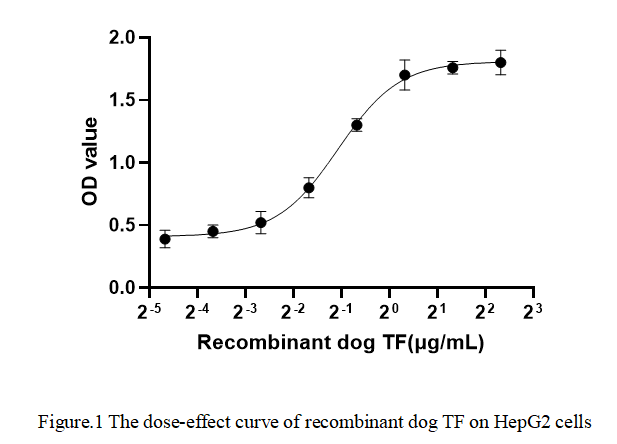
Transferrin (TF) is one of members of anion-binding superfamily of proteins. It is synthesized as a 698 amino acid (aa) precursor, which is mainly in the liver and is present in high concentrations in the bloodstream.TF plays a fundamental role in iron metabolism, protecting tissues from the potentially harmful effects of free iron, which can generate reactive oxygen species and cause oxidative damage. To test the effect of TF on cell proliferation, HepG2 cells were seeded into triplicate wells of 96-well plates and allowed to attach, replaced with various concentrations of recombinant dog TF. After incubated for 72h, cells were observed by inverted microscope and cell proliferation was measured by Cell Counting Kit-8 (CCK-8). Briefly, 10 µl of CCK-8 solution was added to each well of the plate, then the absorbance at 450 nm was measured using a microplate reader after incubating the plate for 1-4 hours at 37 ℃. Cell viability was assessed by CCK-8 assay after incubation with recombinant dog TF for 72h. The result was shown in Figure 1. It was obvious that TF significantly increased cell viability of HepG2 cells. The ED50 of recombinant dog TF is 0.292 μg/ml.
Usage
Reconstitute in 10mM PBS (pH7.4) to a concentration of 0.1-1.0 mg/mL. Do not vortex.
Storage
Avoid repeated freeze/thaw cycles. Store at 2-8°C for one month. Aliquot and store at -80°C for 12 months.
Stability
The thermal stability is described by the loss rate. The loss rate was determined by accelerated thermal degradation test, that is, incubate the protein at 37°C for 48h, and no obvious degradation and precipitation were observed. The loss rate is less than 5% within the expiration date under appropriate storage condition.
Increment services
-
 BCA Protein Quantification Kit
BCA Protein Quantification Kit
-
 Molecular Mass Marker for Protein
Molecular Mass Marker for Protein
-
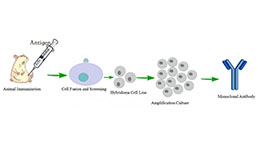 Monoclonal Antibody Customized Service
Monoclonal Antibody Customized Service
-
 Polyclonal Antibody Customized Service
Polyclonal Antibody Customized Service
-
 Protein Activity Test Experiment Service
Protein Activity Test Experiment Service
-
 Electrophoretic Mobility Shift Assay (EMSA) Experiment Service
Electrophoretic Mobility Shift Assay (EMSA) Experiment Service
-
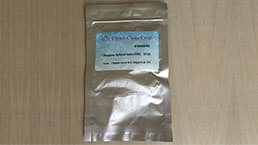 Buffer
Buffer
-
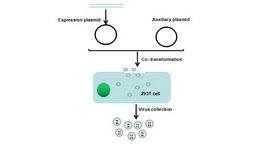 Lentivirus Packaging Experiment Service
Lentivirus Packaging Experiment Service
-
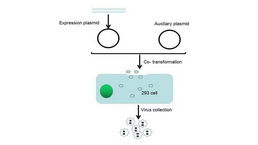 Adenovirus Packaging Experiment Service
Adenovirus Packaging Experiment Service
-
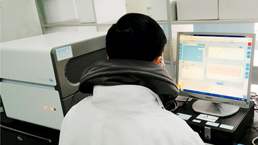 Real Time PCR Experimental Service
Real Time PCR Experimental Service
-
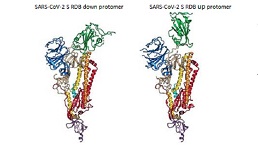 Spike RBD Protein (S-RBD)
Spike RBD Protein (S-RBD)
-
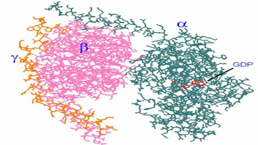 Protein G
Protein G
-
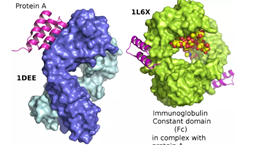 Protein A
Protein A
Citations
- Identification of Altered Plasma Proteins by Proteomic Study in Valvular Heart Diseases and the Potential Clinical SignificancePubMed: PMC3754973
- The Labile Iron Pool in Monocytes Reflects the Activity of the Atherosclerotic Process in Men with Chronic Cardiovascular Diseasepubmed:27782743
- Putative salivary biomarkers useful to differentiate patients with fibromyalgiaPubmed:29654921
- Urinary Proteomics for the Early Diagnosis of Diabetic Nephropathy in Taiwanese PatientsPubmed: 30486327
- Assessment of iron deficiency anaemia and its risk factors among adults with chronic kidney disease in a tertiary hospital in Nigeria
- New thiazolidinones reduce iron overload in mouse models of hereditary hemochromatosis and β-thalassemiaPubmed: 30792208



